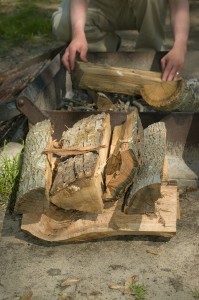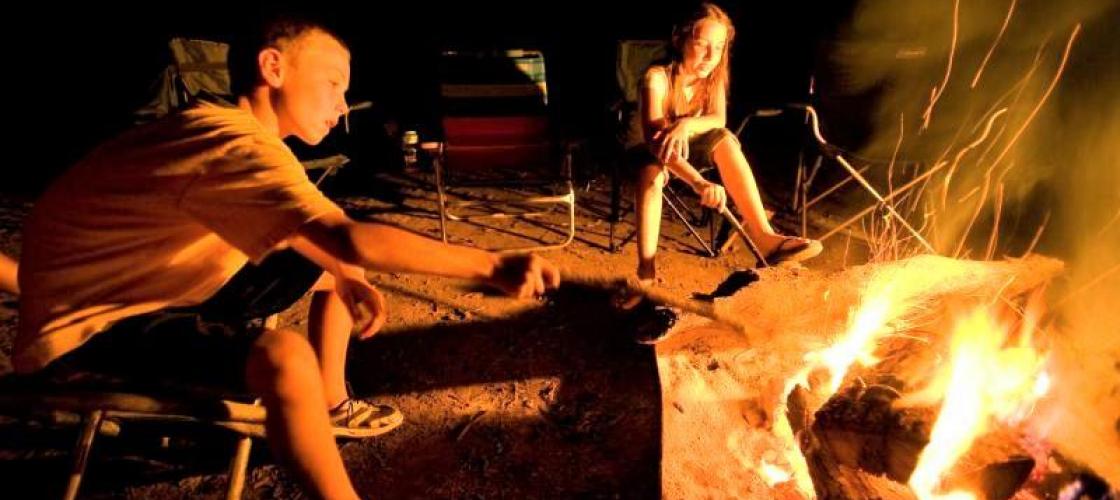Tree-killing pests travel in firewood
Tree-killing insects and diseases can hitchhike in firewood, moving much farther with you in a single weekend than they could in years on their own. Once in a new location, these invasive pests can start new infestations that destroy forests, decrease property values, and become costly to manage.
Missouri has a statewide firewood quarantine that restricts the movement of hardwood firewood out of Missouri. Firewood is free to move within the state, but officials strongly recommend not moving firewood more than 50 miles from where it was harvested to reduce the risk of spreading invasive pests.
Even if your firewood appears to be free of pests, don’t move it more than 50 miles. Many invasive pests, including emerald ash borer, develop under the bark and are easily moved in firewood. Tiny insect eggs or microscopic fungal spores may be attached to bark cracks and crevices.
“Safe-to-move” firewood
The only firewood considered safe to move is packaged, heat-treated firewood labeled with the USDA shield. Any pests in heat-treated wood are killed during the heat treatment process, when internal temperatures of the wood are required to reach 140°F for 60 minutes. This wood meets federal quarantine requirements.
Most chain home improvement stores and many gas stations across Missouri sell packaged, heat-treated wood. This wood is pest-free, but it can be expensive.
Firewood harvested and purchased near your campground likely won’t be heat treated, but it should be more affordable and still present a low risk of spreading pests.

Tips to remember
- Even if your firewood is a species that can’t carry emerald ash borer, it could contain other invasive forest pests. For example, the tree-killing fungal disease oak wilt can be brought to new locations on oak firewood. Your firewood may harbor pests that we don’t even know are in Missouri, and you could be inadvertently spreading these pests to other forests in our state. It’s just not worth the risk.
- Even seasoned and dry firewood may harbor pests for long periods of time. Emerald ash borer, for example, has been known to emerge from ash firewood for at least two years after harvest.
- Even if you plan to burn all of your firewood over a couple of days, it’s still not a good idea to bring wood from more than 50 miles away. Spring and summer are the most popular seasons for camping, and they are the riskiest times for transporting pests on firewood. Most pests are actively emerging from wood during the warm months, and moving firewood — even for just a few short days — can easily spread these tree killers to new locations.
- If you have already moved firewood more than 50 miles from where it was harvested, have a bonfire, roast some marshmallows, and burn the wood completely upon arriving at your campsite. Don’t give pests time to leave your firewood and find new trees to infest!
- If you purchased wood near your campsite and have some left over, the best option is to leave it at the campsite for the next camper or share it with someone staying in that campground. Don’t take the wood home with you and risk bringing invasive forest pests to your neighborhood.






















